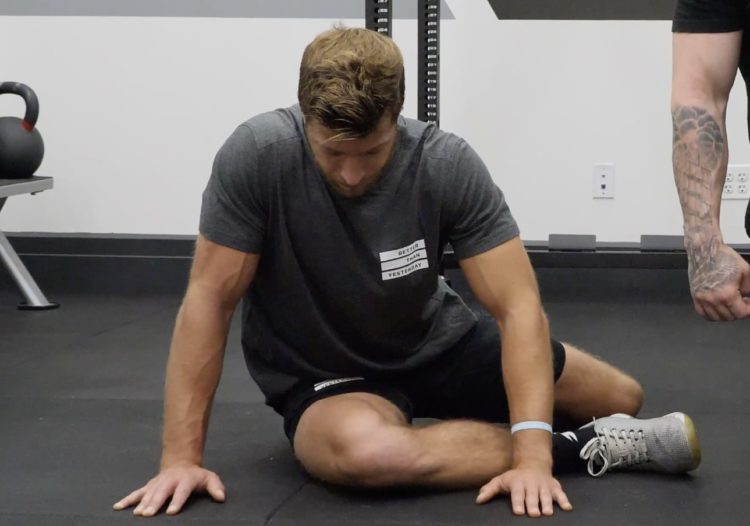Hands up if you’ve ever felt restriction in any type of pressing movement? Now, hands up if you immediately started stretching your shoulders to help alleviate the tightness?
Sorry to burst your bubble, but that might not be the perfect solution you thought it was.
Stretching any muscle groups in search of some sort of relief is probably one the biggest myths still circulating in the fitness industry. In the words of one of the most sought out rehabilitation specialists and physical therapists worldwide, Dr. Andrew Lock,
Most people mindlessly stretch without understanding the why of tightness. I always say don’t stretch until you know why a muscle is tight.
If the pro said it, I’d take his word for it.
To truly understand why there’s arguments to both encouraging and discouraging static stretching, let’s quickly run through how our muscles actually work.
Editor’s note: The content on BarBend is meant to be informative in nature, but it shouldn’t take the place of advice and/or supervision from a medical professional. The opinions and articles on this site are not intended for use as diagnosis, prevention, and/or treatment of health problems. Speak with your physician if you have any concerns.
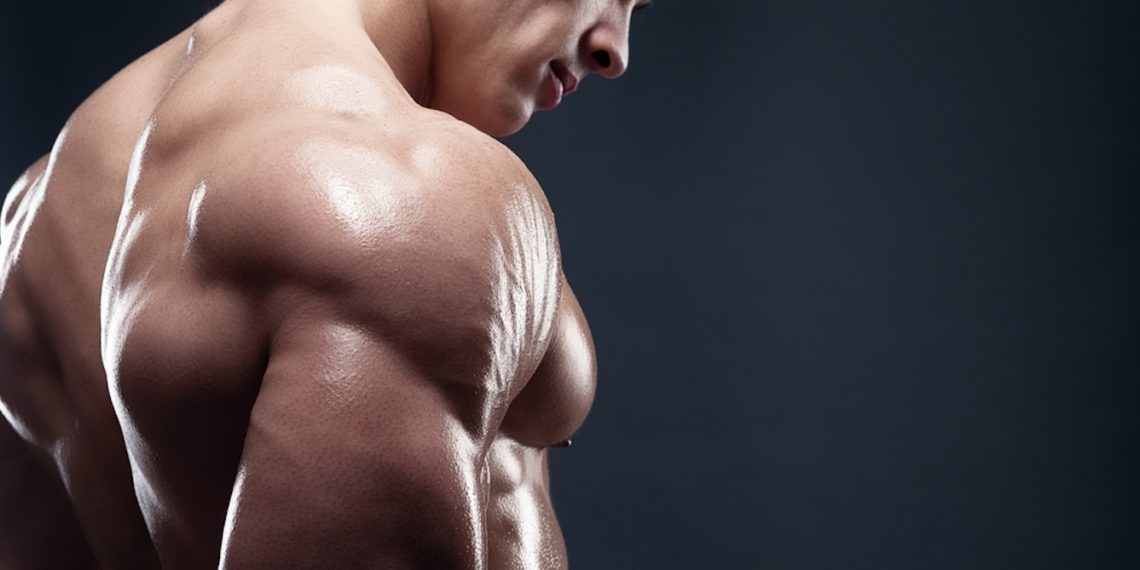
Muscle Contraction 101
Unlike ligaments, tendons and fascia, which are made to stabilize and basically hold you together, muscles are designed to contract and generate internal tension.
What goes into a contraction is pretty complex and it involves every layer that constitutes a muscle. When you look at a whole muscle, you’ll notice its fascicles at the surface level: those thick bands you see when cutting a raw steak.
Fascicles are made of a multitude of muscle fibers, which are in turn composed of myofibrils. Finally, the deepest level of muscle composition comes down to sarcomeres and their myofilaments. Without these sarcomeres, your muscles wouldn’t be equipped to achieve contractions.
Looking deeper into the sarcomere, there are two types of myofilaments made up of contractile proteins: actin and myosin. When your muscles receive an electrical signal from your brain, it travels down into the connecting nerves which kickstarts the flow of calcium through the deep muscle tissue. This prompts the thick and thin myofilaments to slide across one another. Hence, a muscle contraction.
What Does Stretching Your Muscles Actually Do?
Note: For the sake of this article, we’re going to assume the tissues are healthy and have sustained no prior injuries, as there are many other factors that could be involved such as training age, current training regiment, gender and exercises tested.
One more time: this is not medical advice.
So how does stretching come into the picture? Both thick and thin myofilaments overlap one another and slide across each other when contracting or lengthening.
When a contraction occurs, the overlap increases and then goes back to its neutral state when the muscle relaxes. Once the muscle fiber attains its most extended relaxed state, with all sarcomeres are fully stretched out, any additional lengthening places force on connecting tissues. We’re talking ligaments, tendons and fascia. If the natural state of relaxation for a muscle is more tense than the average healthy untrained muscle, stretching it might cause unnecessary damage to these non-contractile tissues.
[Related: How to Eat and Train for Healthier Ligaments]
Taking into account the statements from above, the desire for a certain level of flexibility and the ability to produce force through muscle contraction will largely depend on your fitness and performance related goals. For example, a Olympic level gymnast might strive for the perfect split position whereas a top heavyweight powerlifter might be content with being able to touch his toes and nothing more.
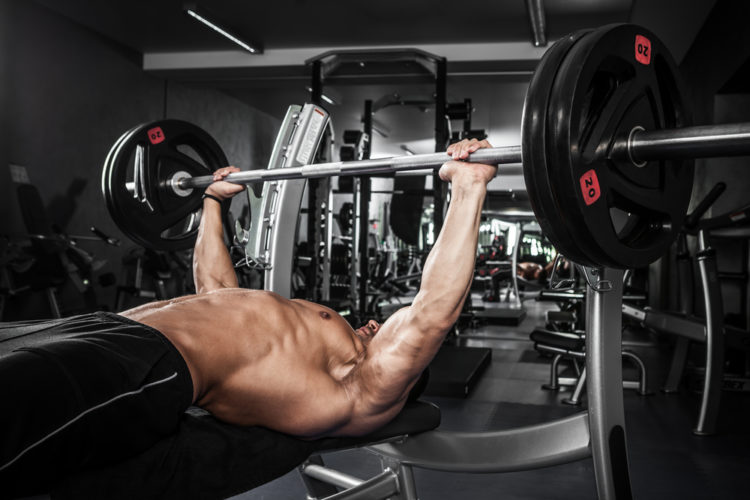
Nonetheless, there is a balance of tightness and muscle flexibility that exists to sustain basic movement longevity. Numerous studies have outlined the impact of static stretching on muscle contractile abilities. It’s quite a mixed bag of results and it’s really dependent on the duration of the stretch itself, what stretch you’re performing, and whether you’re stretching before or after training/working out.
If you’re stretching before any kind of weight lifting training, the majority of studies state that any stretches held for no more than 30 seconds showed little to no impact on a muscle’s contractile ability while performing eccentric strength, agility or speed drills.(1)(2)(3)
So, a quick cycle of lunges, downward dogs and dead hangs might loosen you up just enough before getting under the bar! However, a few studies said static stretches held beyond 15 seconds proved to significantly decrease muscle power output, explosiveness and its ability to produce and maintain a strong contraction.(4)
On the flip side, a big reason for holding a stretch for a prolonged period of time is to habituate the muscle spindle to a new length.
If the sarcomere is longer at its full state of relaxation, it therefore has the ability to recruit even more fibers when performing a contraction. This is where the notion of stretching post-training or on non-training days comes into play. A 2007 study titled “Chronic Static Stretching Improves Exercise Performance” showed greater increases in strength, flexibility and explosive power on subjects solely performing static stretches as their daily physical activity.(5) With that said, you could suggest a combination of static stretching paired with a consistent strength training regime could enhance your overall output of strength.(6)
Bottom line is that there’s a time and place to increase your baseline range of motion.
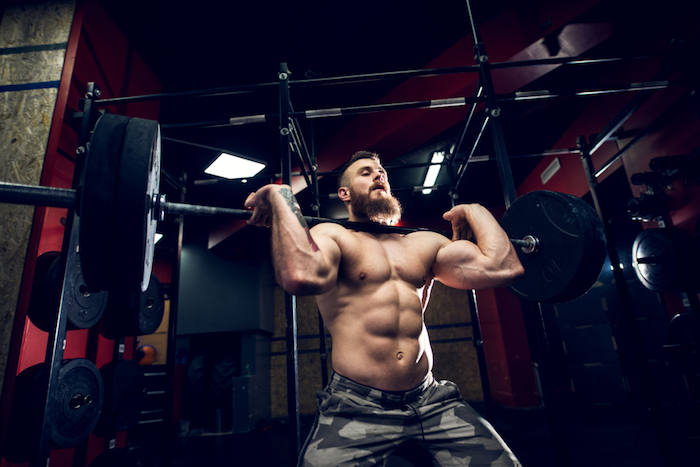
What to Do About Training-Induced Tightness
According to Dr. Lock, tightness is often the result of a weakness elsewhere.
If you’re feeling a lack of mobility specifically in (say) your presses, take a step back to look at how your entire body is involved. A concept often forgotten is that your body is always working as an entire unit when performing compound barbell lifts.
“Pressing is a synergistic exercise,” says Dr. Lock. “It’s important to know that your glutes attach to your lats via fascia. Always stay ‘tight’ under a press. Often, we use the cue that rather than press the bar up, you press yourself under it. There are many forms and types of press, knowing why you press and the type of press can change the demand.”
Let’s look at the bench press for example.
Your shoulders, chest and arms are responsible for accomplishing the action of the press. The deltoids create abduction of the arm (think of a zombie’s arms when it walks or a kid pretending to fly), the pectoralis major causes adduction of the arm pulling your humerus inwards towards your midline, and your triceps focus on straightening the arm which brings the elbow to full extension.
Any weakness beyond this chain can cause tightness to arise and potentially create more constriction in the future. If we’re implying there’s a lack of strength or stability elsewhere, you’ll need to look at antagonistic muscle groups.
“If you have tight pecs—which internally rotate the humerus and protract of shoulder girdle—then look to the opposite pattern for weakness,” says Dr. Lock. “In this case, the shoulder girdle retractors and external rotators of the humerus. If you strengthen the opposing pattern you will increase stability and the extra range is now being controlled by balanced musculature.”
In plain English: if you’re tight when you press, take a look at the muscles you’d be using in pulling motions and vice versa.
Sticking with the bench press example, to complement the protagonistic muscles in the movement, we’ve also got a list of exercises you can try to strengthen this opposing pattern.
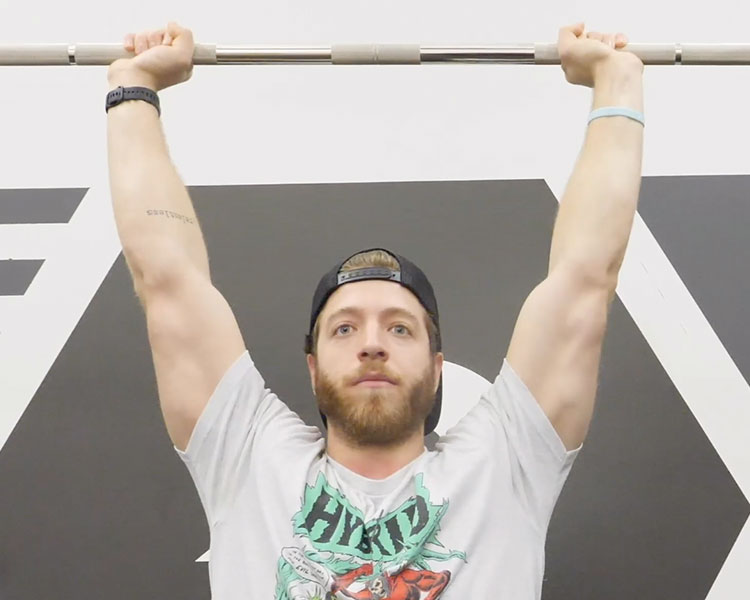
To Sum It All Up…
While there are many factors to evaluate whether or not you “should” be stretching to alleviate tightness, ask yourself this: where do you feel tightness and can you pinpoint any potential weaknesses that could be correlated to this tightness? Once you’ve established the bigger picture of what might be causing this lack of range or constriction, from there you can start to incorporate some static stretching little by little either before or after your workouts depending on what’s on the menu for you that day.
If we’re to leave you with one big takeaway, in the words of Dr. Lock, “Stretching can just make you more unstable and then at a greater risk of injury. Don’t stretch until you know WHY you are tight!”
Editor’s note: This article is an op-ed. The views expressed herein and in the video are the author’s and don’t necessarily reflect the views of BarBend. Claims, assertions, opinions, and quotes have been sourced exclusively by the author.
Featured image via Satyrenko/Shutterstock
References
1. Kay, A et al. Effect of Acute Static Stretch on Maximal Muscle Performance: A Systematic Review. Med Sci Sports Exerc . 2012 Jan;44(1):154-64.
2. Ogura, Y, et al. Duration of Static Stretching Influences Muscle Force Production in Hamstring Muscles. J Strength Cond Res . 2007 Aug;21(3):788-92.
3. Heisey, C et al. Effects of Static Stretching on Squat Performance in Division I Female Athletes. Int J Exerc Sci. 2016; 9(3): 359–367.
4. Peck, E et al. The Effects of Stretching on Performance. Curr Sports Med Rep . May-Jun 2014;13(3):179-85.
5. Kokkonen, J et al. Chronic Static Stretching Improves Exercise Performance. Med Sci Sports Exerc . 2007 Oct;39(10):1825-31
6. Kokkonen, J et al. Early-phase Resistance Training Strength Gains in Novice Lifters Are Enhanced by Doing Static Stretching. J Strength Cond Res . 2010 Feb;24(2):502-6.
